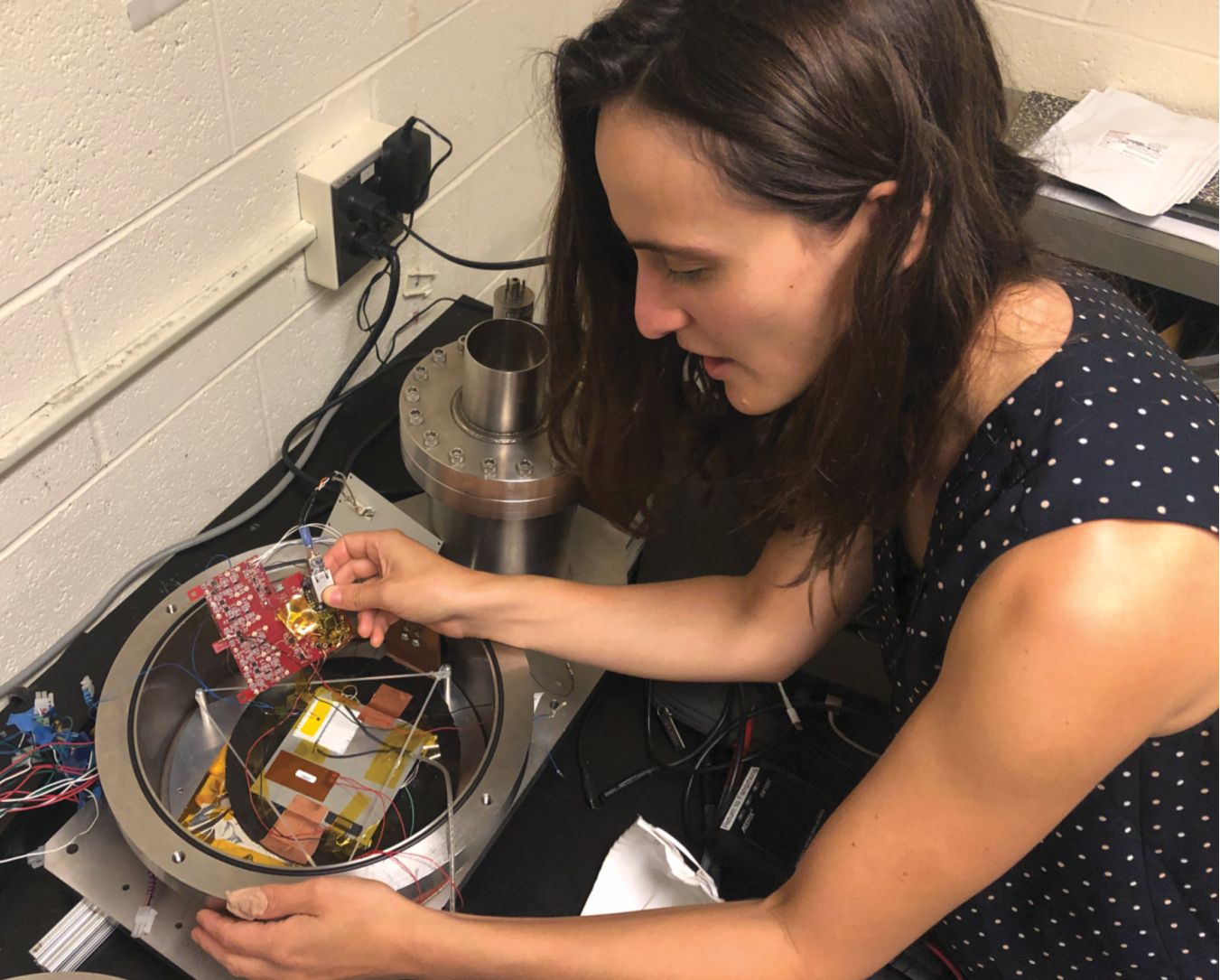Hackathon culture’s maker potential
DOI: 10.1063/PT.3.4848
Toni Feder’s item “Hackathons catch on for creativity, education, and networking” (Physics Today, May 2021, page 23
Hackathons signal a community’s growing openness to rapid prototyping and iterative design as productive modes of inquiry. And when it comes to adopting that atmosphere in fundamental physics, I believe we’re only seeing the tip of the iceberg.
First, while hackathons and sprints are bounded in time, their underpinning fast-paced and highly interdisciplinary culture—a staple of the maker movement—can be incorporated into an unbounded research agenda or even an entire institute. While each very distinctive, Arizona State University’s Beyond Center, the Simons Foundation’s Flatiron Institute (mentioned in Feder’s article), and the Jet Propulsion Laboratory’s Innovation Foundry are interesting scientific initiatives that can serve as inspiration. Second, the examples offered in Feder’s story are largely grounded in software and data science; encouragingly, hardware-focused early prototyping is equally feasible and progressively more affordable.

Juliana Cherston conducts thermal vacuum checks of an electronic-textile sensor soon to head to the MISSE (Materials International Space Station Experiment) Flight Facility, located on the space station’s exterior, for early testing. (Courtesy of Juliana Cherston.)

Suppose the scientific community established the Center for Adventurous Inquiry—or something in that spirit—a hub for early instrumentation prototyping that would aim to build or adapt diverse technology to serve fundamental physics. Crucially, the institute would espouse the creative and iterative design approaches that commonly underpin hackathons, sprints, and rapid prototyping.
How would such an institute lure top talent from industry? Certain classes of physics instrumentation tend to take residence at the most exotic edges of Earth, whether in Japanese mines, Swiss tunnels, the Chilean desert, the Hawaiian mountains, Antarctic ice, the deep Mediterranean Sea, or the International Space Station. The latent appeal here is substantial—it would make for quite a hackathon prize to give winners the chance to further develop and eventually test early-stage hardware in one of those locales.
As an example from my own work, I aim to bring electronic textile technology to astrophysics. The intrinsically interdisciplinary rapid-prototyping effort leverages the International Space Station for resiliency testing. Scientific instrumentation that can be incorporated directly into a spacecraft’s essential thermal blanket could find high adoption rates in comparison with traditional dedicated sensors. The research model used here, which focuses on bridging two fields and then testing out some early prototypes in an extreme venue, is driven by the same culture of making that inspires hackathons.
Of course, the cost, skill, time, and specialized laboratory access required to create certain types of precise and complex instrumentation can be prohibitive. But we ought to encourage a creative and flexible outlook. I welcome ideas for other potential projects under the umbrella of cross-disciplinary research or for places where such a scientific institute might find a home.
More about the Authors
Juliana Cherston. (cherston@mit.edu) Massachusetts Institute of Technology, Cambridge.
